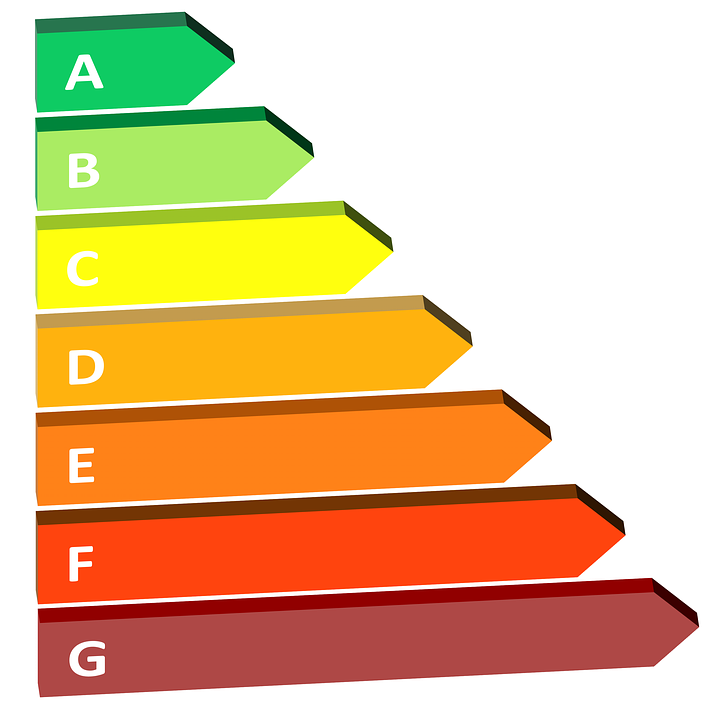Our planet is the most beautiful thing we have. But at the rate things are going, we’re about to destroy it. Fortunately, we can still make quick and practical efforts to try to preserve it. Let’s not wait until it’s too late and protect our planet. After all, we only have one.
Your home and some of your daily habits are incredibly energy-consuming. In addition to environmental concerns, this also has a significant impact on your water and electricity bills.
There are many solutions to reduce your energy consumption and thus stop wastage. It can be daily reflexes or any small equipment to be installed. No need to live in a cabin to limit your energy consumption, here are a few simple ways to save money and resources at home!
1. How to use less electricity with your refrigerator?
a. Install your refrigerator/freezer in the right place
It is essential to leave space between the wall and the unit so that the air can circulate properly. Avoid installing them next to a heat source (oven, hob, etc.).
b. Use your refrigerator to defrost food
The cold emitted by the frozen product will naturally cool the other foods in your fridge, so the appliance’s electricity consumption will be reduced.

c. Defrost your fridge
A frosted appliance consumes much more electricity. As soon as the frost reaches 3 mm thick, it is therefore essential to maintain your device; otherwise, its consumption will increase by 30%. This approach saves about $40 per year for a combined appliance (refrigerator + freezer).
If you can afford it, buy a new refrigerator: choose a class A, A+, A++ or even A+++ model. They will allow you to reduce the power consumption of your fridge by up to 60%.
Good to know: Today, household appliances are more and more efficient and the rating scale is no longer homogeneous. It is possible to have an A+ appliance, which would be the most energy-consuming on the market, classes B to G no longer being used for specific products. New labeling uses colors from green to red and is staggered from A to G.
2. How to use less water and electricity with your dishwasher?
Your dishwasher is also a significant energy source, easily reducible. If your dishes are not too dirty, run your dishwasher on the “eco” mode. Your water consumption will reduce by not only 18%, but also your electricity consumption by 25% because the washing is done with less hot water.
It is also essential to have good reflexes such as:
– only start a dishwasher when it is full;
– turn it into a half load: this option allows when the quantity of dishes is not sufficient to turn an entire machine, to wash dishes from only one floor;
– choose a recent model (energy class A, A+, A++, A++, or even A+++) that will be less energy-consuming.
Good to know: a short cycle of an A+++ dishwasher consumes on average 10 L of water compared to 25 to 40 L for an old dishwasher. It is equivalent to a saving of $0.5 to $0.10 per machine and $15 to $30 of savings per year, at a rate of 280 cycles. A recent model consumes up to 40% less electricity and 65% less water, saving between $50 and $65 per year.
3. Adopt these habits for Shower/bath:
The first reflex to take is to favor showers over baths. Indeed, a bath consumes 150 to 200 L of water while a shower consumes about 100 L in 5 minutes.
Good to know: by replacing your baths with showers, you will save $ 50 to $ 100 per year.
Without changing your habits, small facilities can save a lot of water in the following way:
– an economical hand shower:
It has a lower flow rate than a traditional hand shower: 7 L/minute compared to 16 L/minute. For a 5-minute shower, you save $0.15, or between $4 and $5 per month. Its price varies between $ 20 and $ 60. You will recover the value of your investment between 4 and 12 months;
– a shower stop system:
It cuts off the water while you are not rinsing and thus saves 20 L of water and $ 0.7 per minute, or about $ 2 per month. It costs from $ 5 to $ 15 and becomes profitable after 3 to 8 months.
Note: be careful if you equip yourself with a shower stop system. When the water returns, the temperature may be too high, which can lead to burning hazards.

After reading these 3 tips to reduce your energy bill, you can explore the subject further with more information in the next section that will follow shortly after this publication.



2 thoughts on “How To Conserve Resources And Save Our Planet (Part 1)”